MEAT GRADES: PRIME VS CHOICE – USDA BEEF
Updated July 5th, 2023
USDA Prime vs. Choice - Who determines USDA grading and how?
The USDA is the gold standard for grading cuts of beef in the United States. They consider a bunch of factors when they make their grades. It's important for true steak connoisseurs to understand these factors. But did you know that even all USDA prime steaks are not equal?
Mr. Steak is going to take you through all the ins and outs of USDA grading. And we're going teach you how to tell what a great tasting steak looks and feels like.
Prime, Choice, and Select Standards
The three levels of USDA grades of beef are Prime, Choice, and Select. Official USDA meat graders judge beef using electronic instruments. They also rely on personal experience. So how do they make these grades, and how can you identify a USDA prime cut of beef for yourself?
The most important factor is marbling. The amount and quality of marbling in a steak distinguishes it above anything else as prime vs choice vs. select beef. The marbling predicts tenderness, juiciness and flavor.
Take a look at the picture below. See the white lines running through this USDA Prime Mr. Steak 6 oz filet mignon? That indicates high quality.
It's not just the marbling, though. USDA meat grades also consider shape, tenderness, and amount of lean meat on the cut of beef.
The steak below is USDA Prime. Being a filet mignon, it is leaner than other cuts, meaning it has less marbling than, for instance, a ribeye. But it also has no gristle. Gristle is the chewy, inedible part of a poor quality steak.
What are the grading levels in prime vs. choice meat?
Mr. Steak USDA Prime Filet Mignon
USDA Prime
USDA Prime cuts of meat are the height of quality, with plentiful marbling and flavor. Or, depending on the cut, shape the degree of tenderness. An attractive shape is also a consideration.
Young, well-fed cows more often yield USDA Prime beef than older, poorly fed cows. Despite the fad for grass fed beef, almost no grass-fed beef achieves USDA prime status. Nearly all high quality, USDA prime steak comes from corn-fed cows.
Mr. Steak only sells 28-day wet-aged USDA Prime beef. We also sell wagyu beef, which has a different system of grading, coming from Japanese, not American, cows.
USDA Choice
The next level down, USDA Choice cuts, offer a balance of flavor and tenderness. USDA Choice beef has less marbling than Prime. It is a good middle ground between quality and price. You may still use the same cooking methods with choice as with prime.
USDA Select
Select beef has the least amount of intramuscular fat — marbling. It will not be as tasty, tender, or juicy as higher quality meat. Different cooking methods are called for with these lower USDA beef grades. It benefits greatly from marinades and steak sauces to elevate its flavor.
Select cuts, though leaner, lack the richness and succulence found in the higher grades. You will find Select cuts of beef at the grocery. Or from companies who use their own branding system, calling their steak something like Premium. Don't let this fool you; there is no substitute for USDA grading.
USDA Prime vs. Choice – Why is it important to know the grade of your meat?
Without knowing your USDA beef grades, you can't be certain what you're paying for. You should expect transparency from your online meat supplier, butcher, grocery store, or restaurant. That’s why it’s essential to know if it’s USDA prime or choice beef. Don't pay prime prices for a choice or select piece of meat.
Steak Tip:
Always ask the USDA grading of beef if it's unlabelled. If the company can’t tell you the USDA grade for any reason, then we don’t recommend buying from them. “Premium” is not a USDA grade.
When ordering steak at a restaurant, they may not advertise their USDA grading. If not, ask what grade the steak is. If the price is very high and it isn’t USDA prime, Mr. Steak doesn’t recommend ordering it.
USDA Prime vs. Choice – Most important cuts of steak to be prime:
NY Strip & Kansas City Strip
You can really taste the difference between Prime vs. Choice strip steaks in terms of flavor and texture. That's because they're a leaner cut, so marbling matters more. The same is true of filet mignon, which is the most tender cuts of meat. We highly recommend you try our prime cuts.
Less important cuts of steak to be prime:
Ribeye & Filet Mignon
Ribeyes naturally have higher fat content than other cuts which produce great flavor, whether Prime or Choice .
Prime vs. Choice – The Bottom Line:
Mr. Steak sells only the top graded prime cuts. It's the top 2-3% of all steak in the country. Elevate your steak experience even further by following Mr. Steak’s 10 Commandments of Steak.
We recommend checking out the USDA’s site, or Prime Time Butcher for more details.
You can read more about grilling like a pro in our Mr. Steak's Steak School.


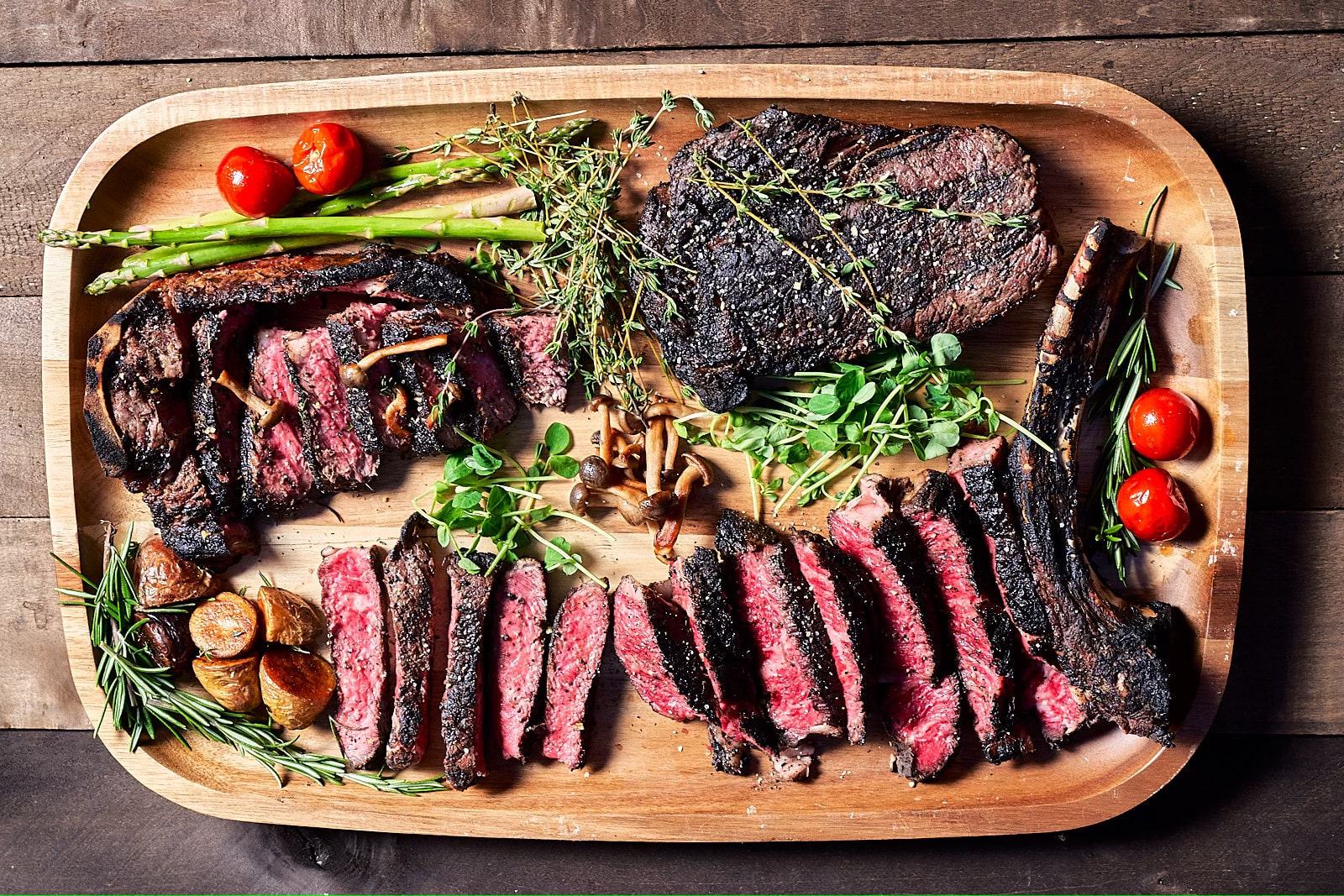
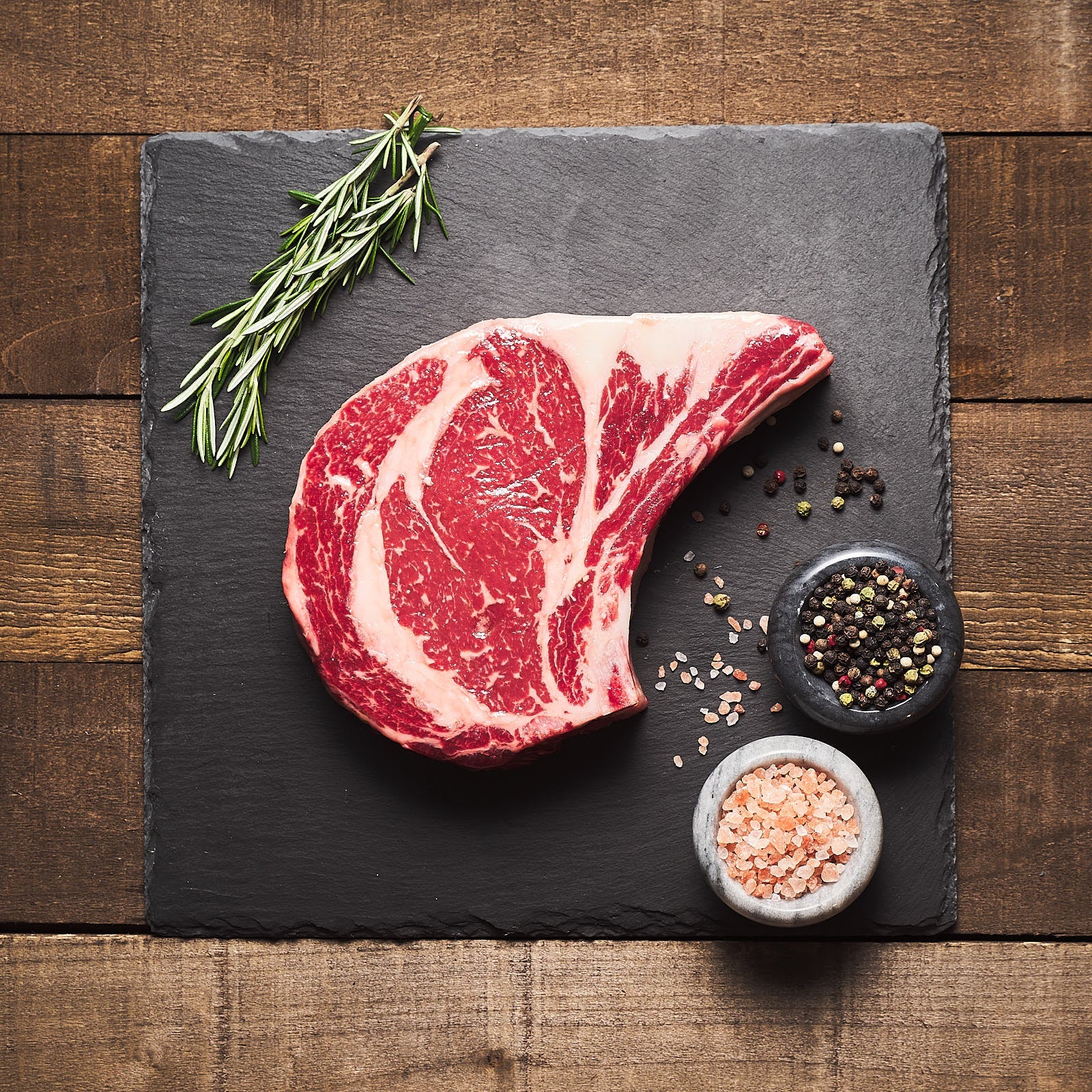
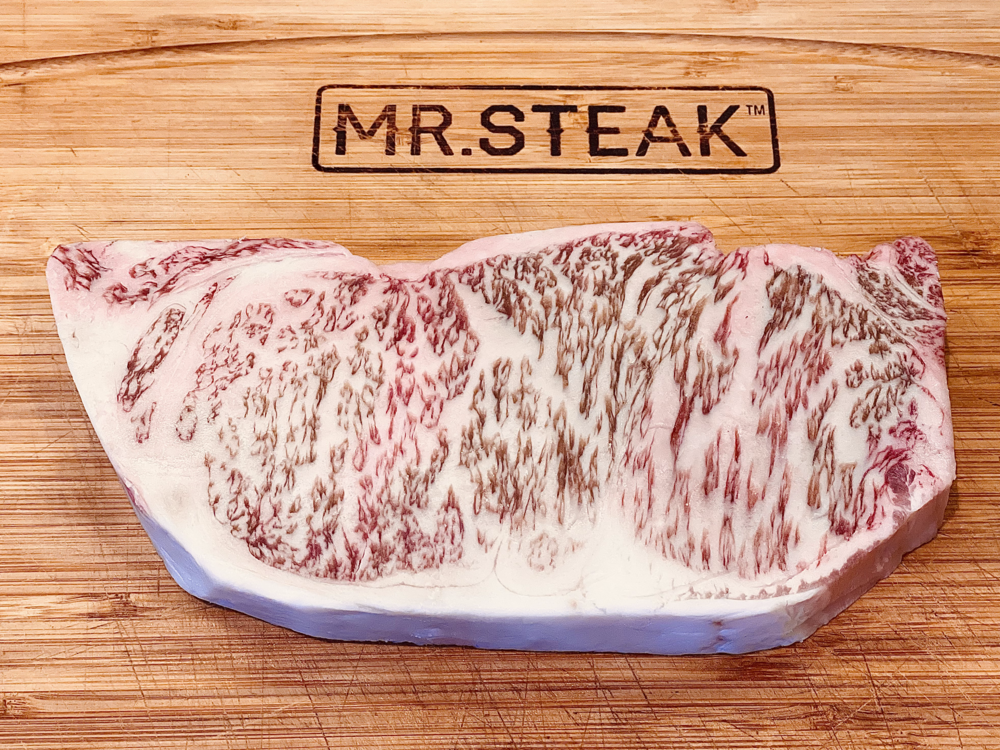
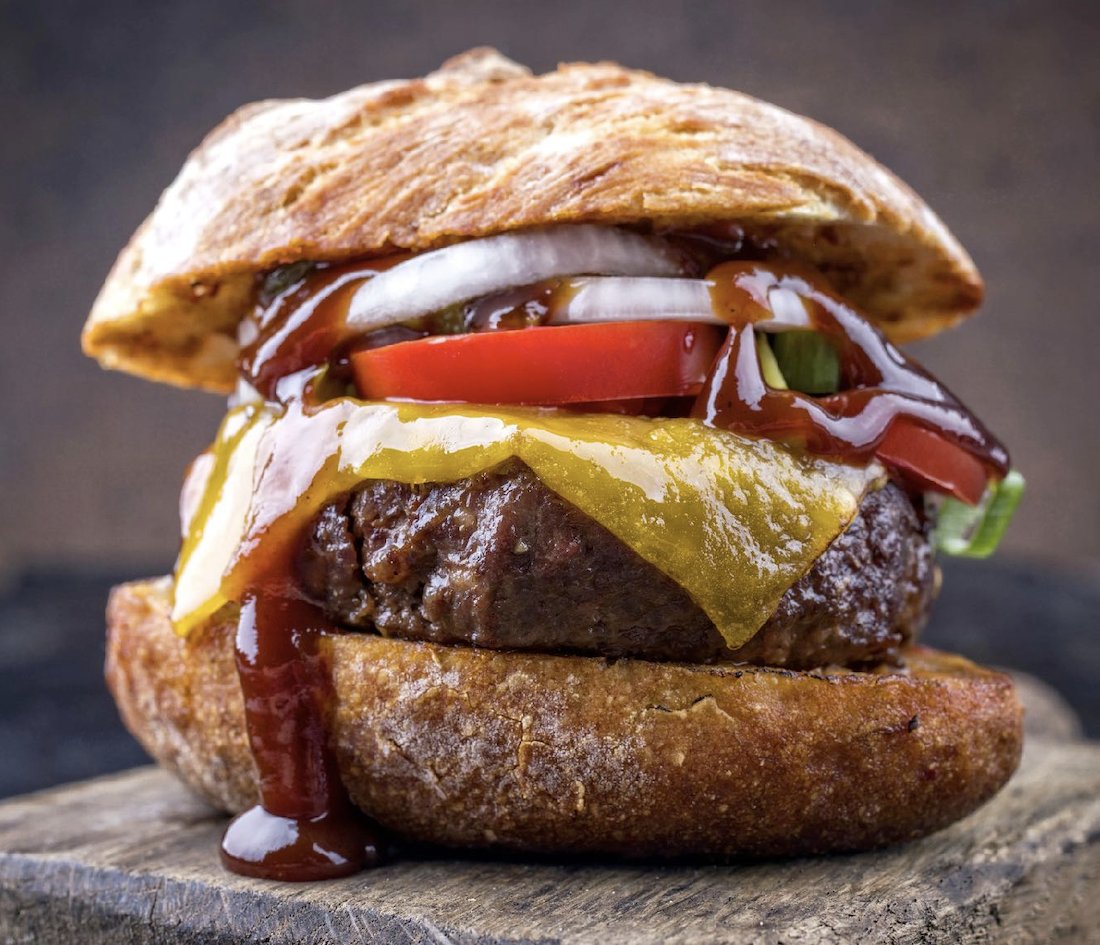



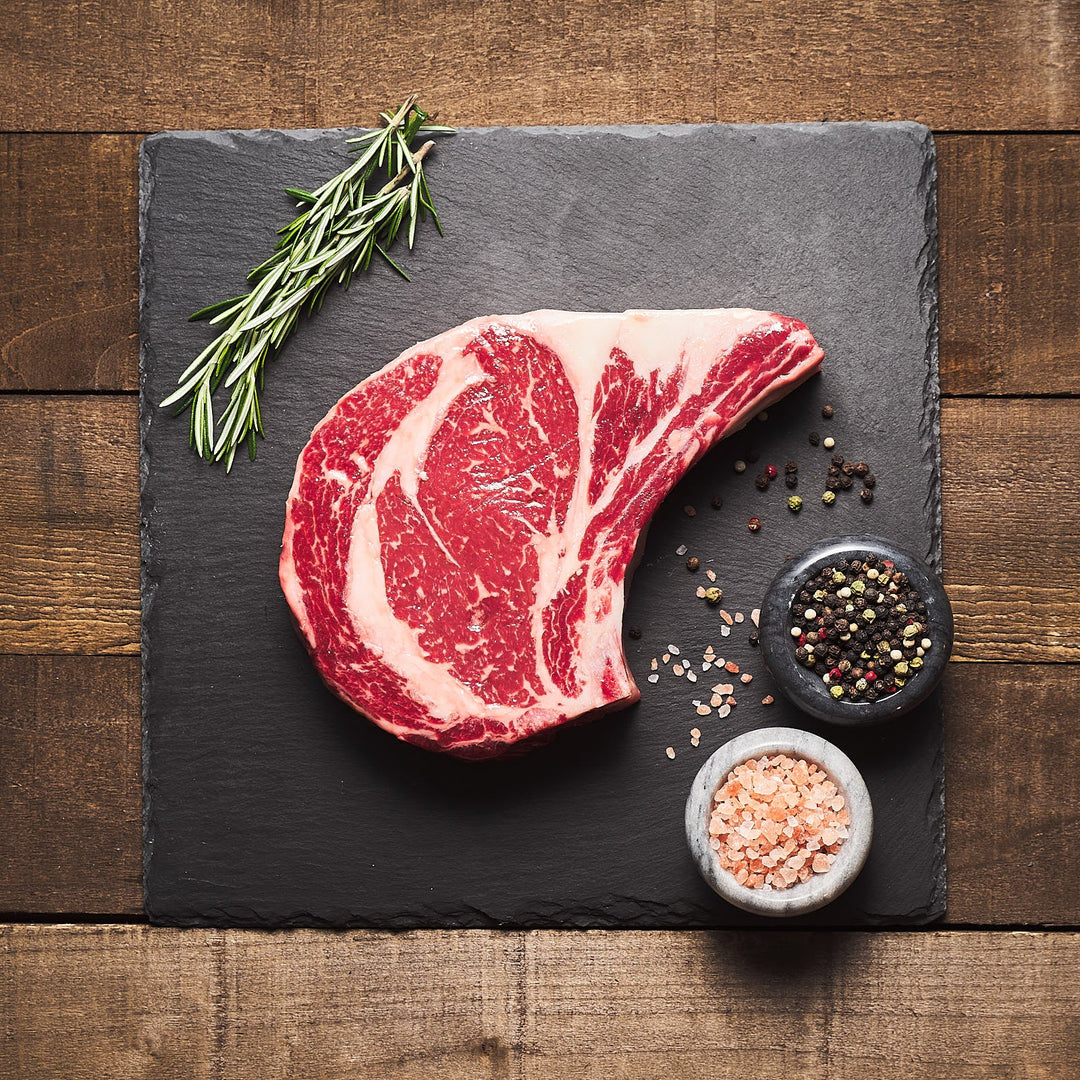
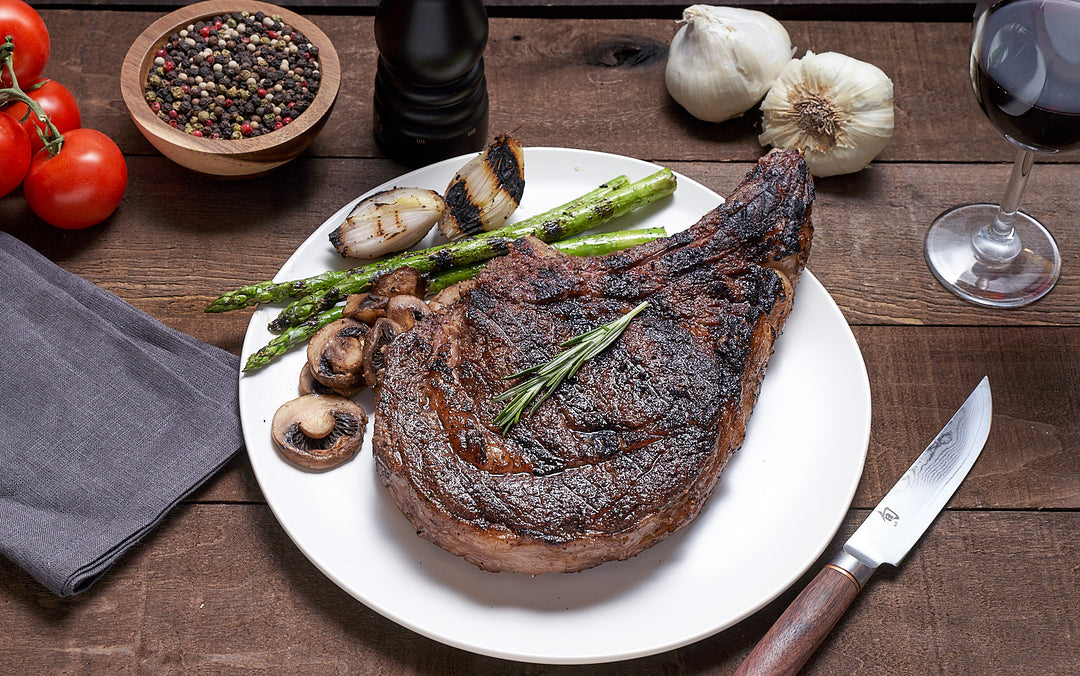
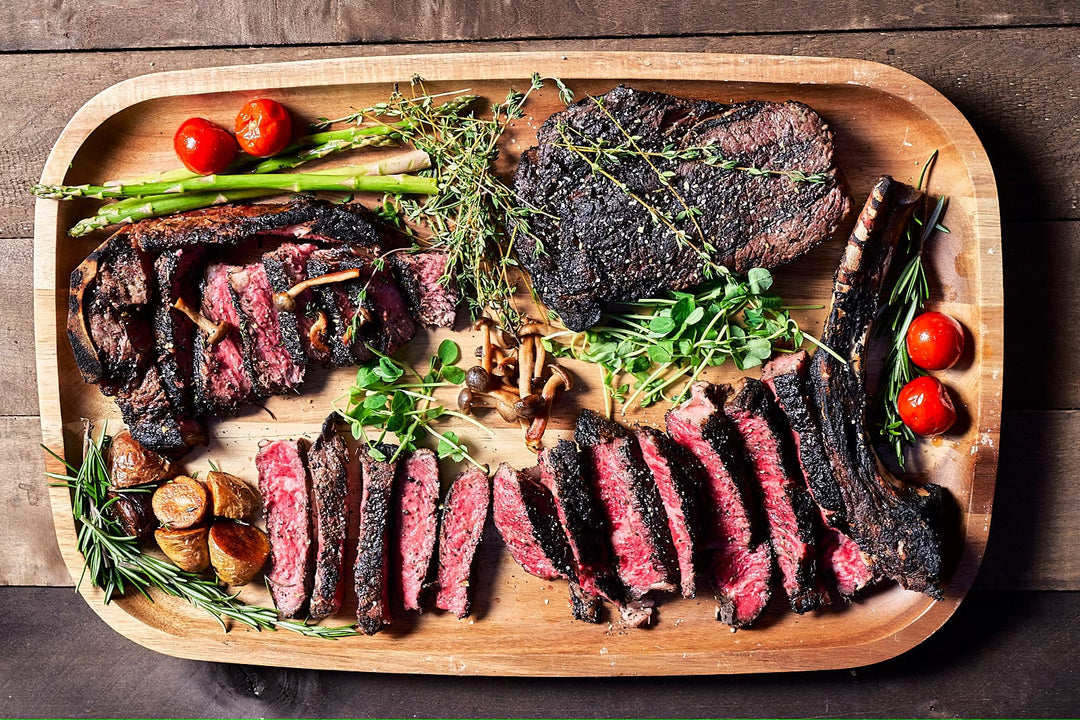
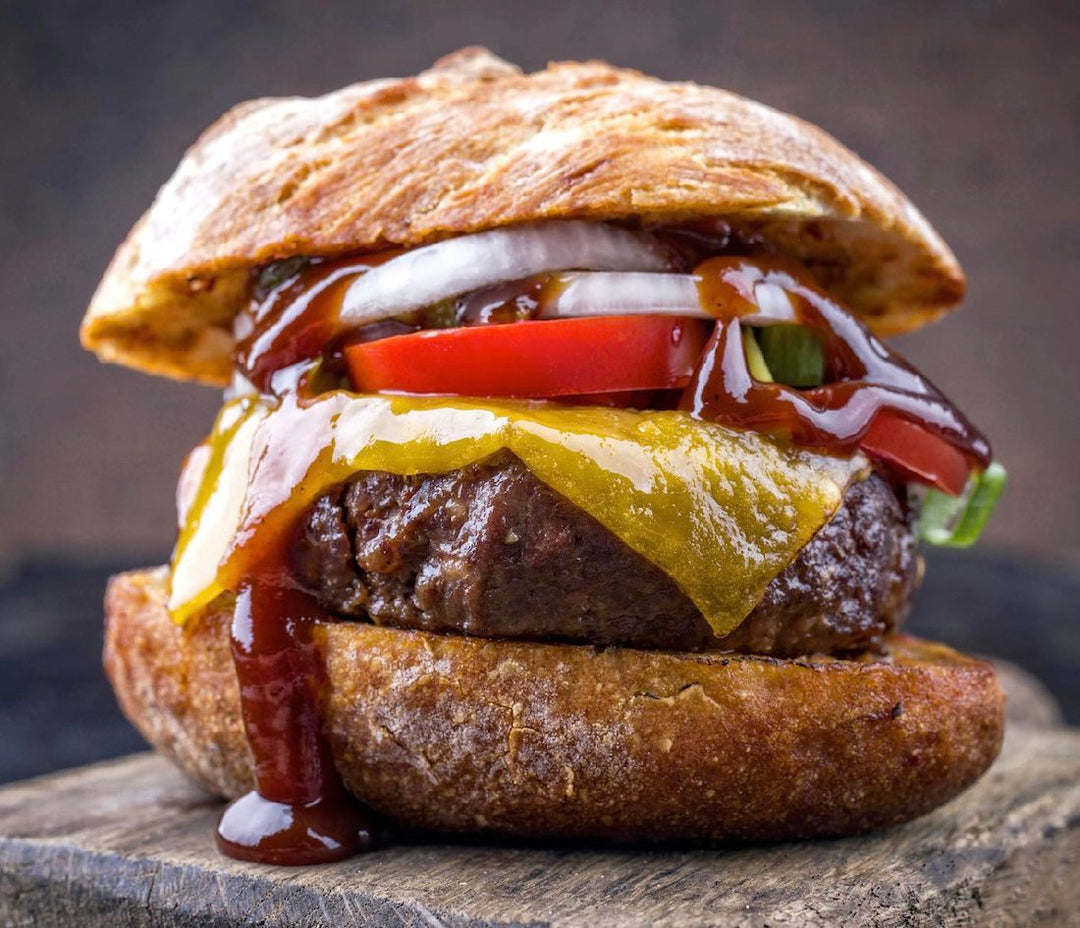


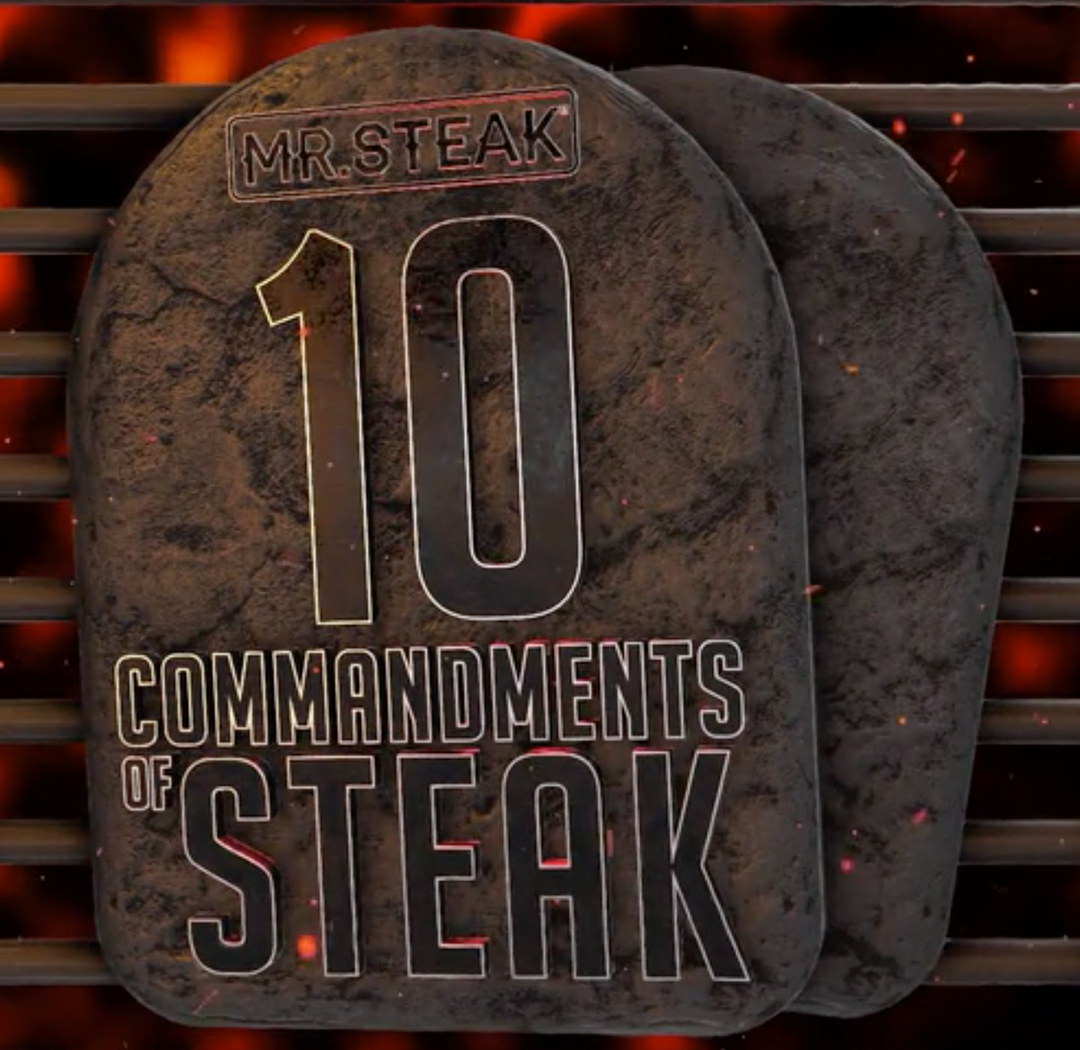
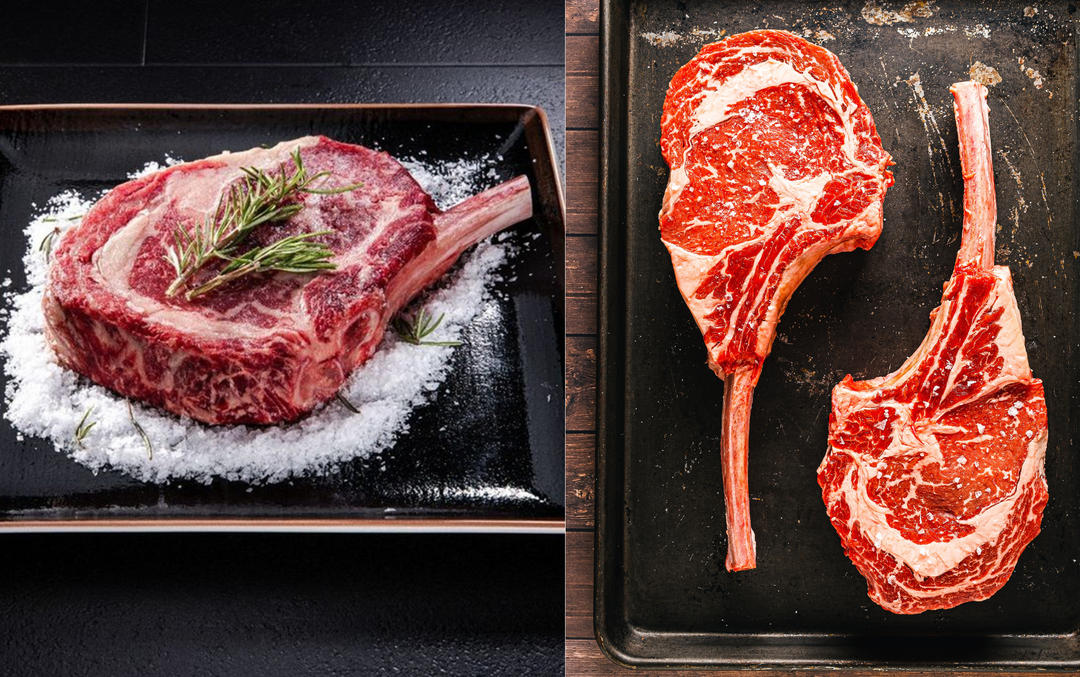
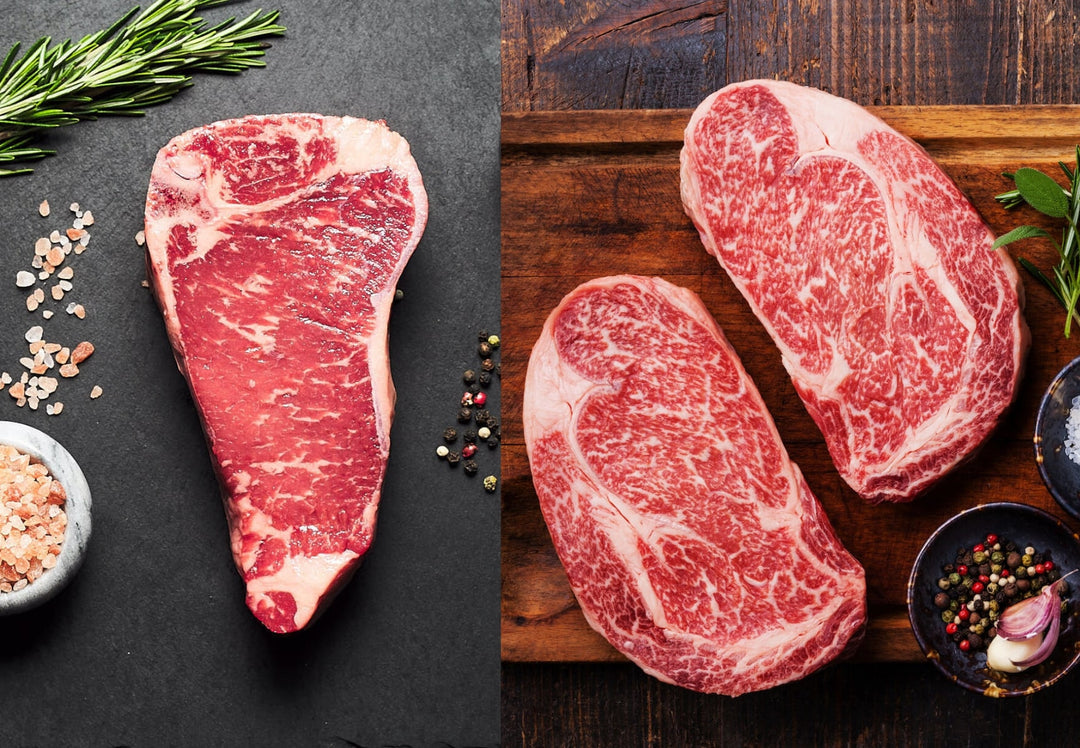
Leave a comment